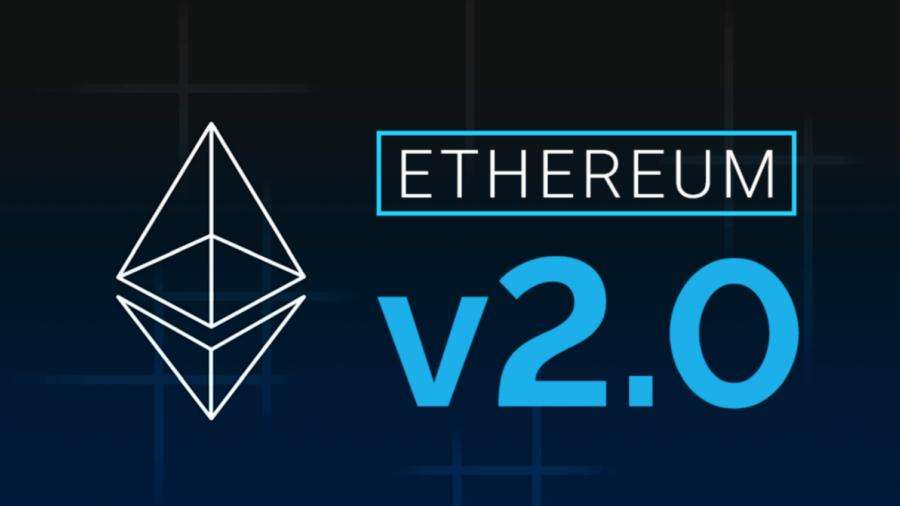Ethereum 2 0 Steaking: How to Become a Validator and Potential Steaking Returns

The launch of Ethereum 2.0 is scheduled for December 1. How do I become an ETH 2.0 validator, why do I need it and what if I can’t buy 32 ETH?
On November 24, the Ethereum 2.0 deposit contract collected 524,288 ETH necessary for stealing and launching the first phase of Ethereum 2.0 – the “signal chain” (Beacon Chain). A new version of the network will be automatically launched on December 1, and any member of the cryptocurrency industry can become a validator. The editors of Bits.media have prepared a guide on how to take part in the steaking of Ethereum 2.0.
What is Steaking in Etherium 2.0?
Steaking in Ethereum 2.0 is the blocking of ETH in a smart contract to participate in the network as a validator and receive a reward for confirming blocks. Stealing will become possible after the launch of a new version of the network on a new consensus algorithm proof of share (Proof-of-Stake, PoS).
Steaking is a similar process to mining in PoS-based networks, where validators perform the same functions as miners. They create new blocks and confirm transactions for a fee. Instead of using computing resources, validators block coins in the wallet. To become a validator of Ethereum 2.0, you must block at least 32 ETH for stealing. At the end of November, the cost of such a deposit is about $18 thousand.
Validator Reward
Only validators actively participating in the consensus receive remuneration. Validators disconnected from the network are fined – fines are equal to rewards for active participation.
The total number of validators blocked for ETH stealing affects the reward. Depending on this figure, the maximum annual yield of the validator can be from 2 to 20%. You can calculate the approximate yield on steaking here and here.
How do I participate in ETH 2.0 stealing?
Users wishing to become validators have two options for participating in steaking:
Self-styling. Interlocking from 32 ETH and self-starting validator assembly in compliance with technical requirements. Blocked ETHs will not be available until the start of Phase 1.5, which will occur in 12-24 months, depending on the development speed. After starting Phase 1.5, the dynamic lock time will be set to prevent mass output of ETH – 256 eras (about 27 hours).
Joint Steaking. Provision of existing ETH to a provider of stealing services – pool, cryptocurrency exchange, etc. There are security risks associated with trust in the intermediary. However, you can participate in the stealing without having 32 ETHs and withdraw the blocked assets prior to the Phase 1.5 rollout.
Self-styling
To become an independent validator of ETH 2.0, you must follow the instructions on the Ethereum.org website, which includes three main steps:
- Accept the terms of participation in the network as a validator.



